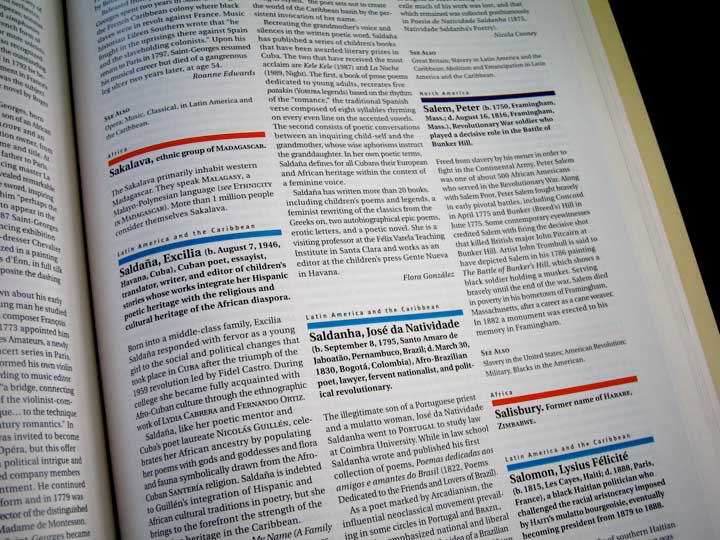


This article is part of the Creating Comics, Creative Comics Special Collection, edited by Brian Fagence (University of South Wales), Geraint D’Arcy (University of South Wales) and Ernesto Priego (City, University of London).Ībstract: This essay proffers that African American literature, especially that of the contemporary moment, seeks a non-canonical canon, that is, unlawful laws, unruly rules, reading lists that morph and shake serial listedness. It thereby builds on the theory of Afro-American Signification presented in the book 'The Signifying Monkey' by Henry Louis Gates, Jr. This essay hence discusses the authors’ narrative strategy and how it changes the narrative. Modeled on Legba’s qualities, the story becomes an interactive system of reading paths that changes its reception depending on the reader’s interpretation of those ambiguous signs. By using cultural signs taken from Vodou, they are able to imply a spiritual reading experience in which the graphic novel becomes a ritual object and vehicle of the Vodou god Legba, lord of the crossroads and of interpretation. This meta-speech plays with signs and their attached meaning in a way that could be summarized as ‘saying (or showing) one thing, but meaning something completely different.’ With this technique, the authors are able to mislead and exclude readers from the intentional meaning of the graphic novel by emphasizing ambivalent signs.

To accomplish this, they utilize the Afro-American rhetorical figure Signifyin’ (or Signifyin(g)). Both creators use hidden signs taken from Haitian Vodou and other Afro-American literature tropes in order to give their story multiple meanings. This article focuses on the use of religious semiology in the 2008 Black graphic novel 'The Hole: Consumer Culture Vol.


 0 kommentar(er)
0 kommentar(er)
